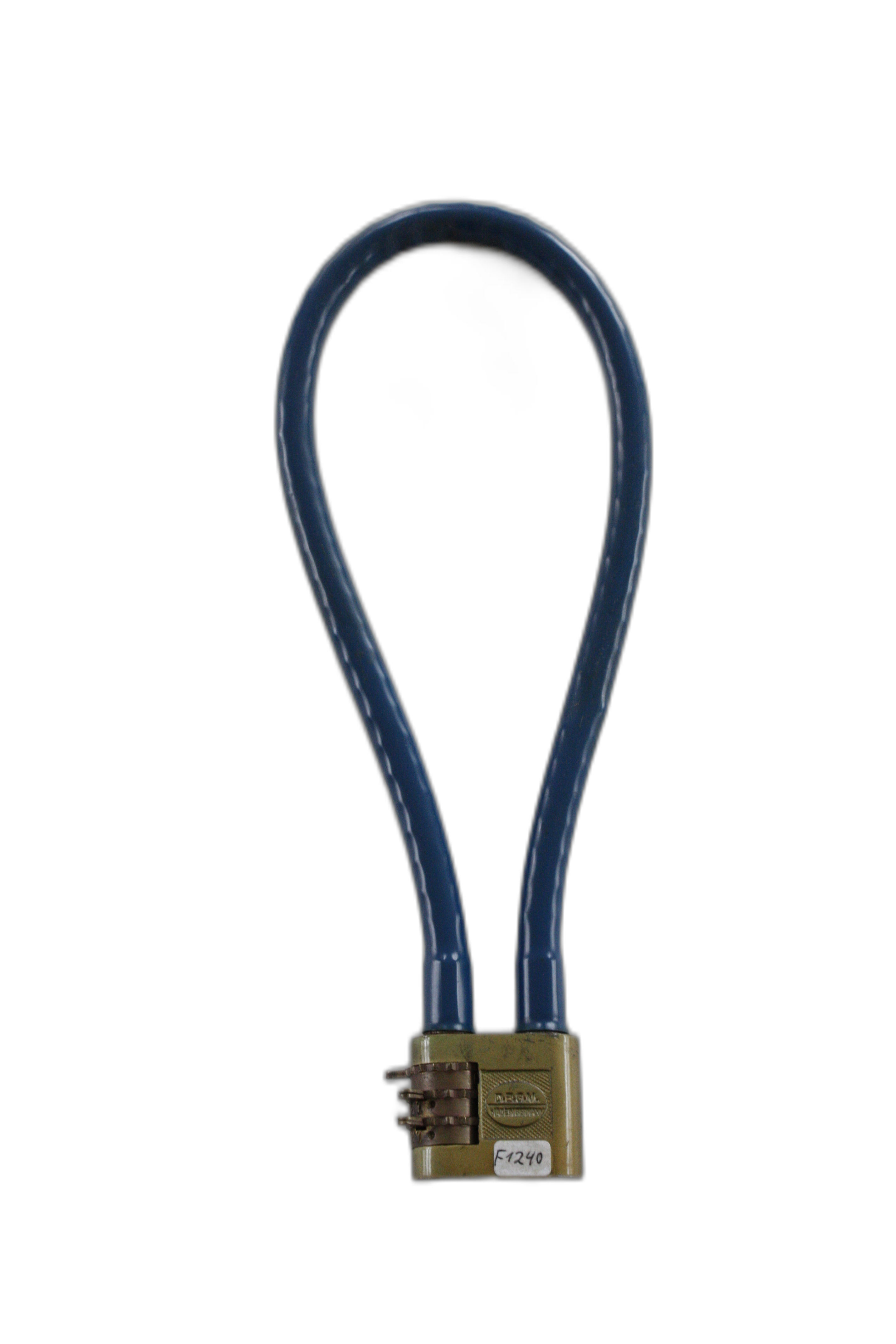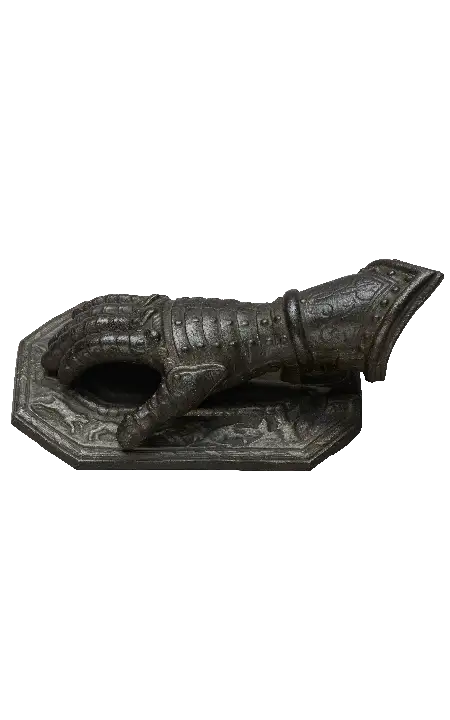About us
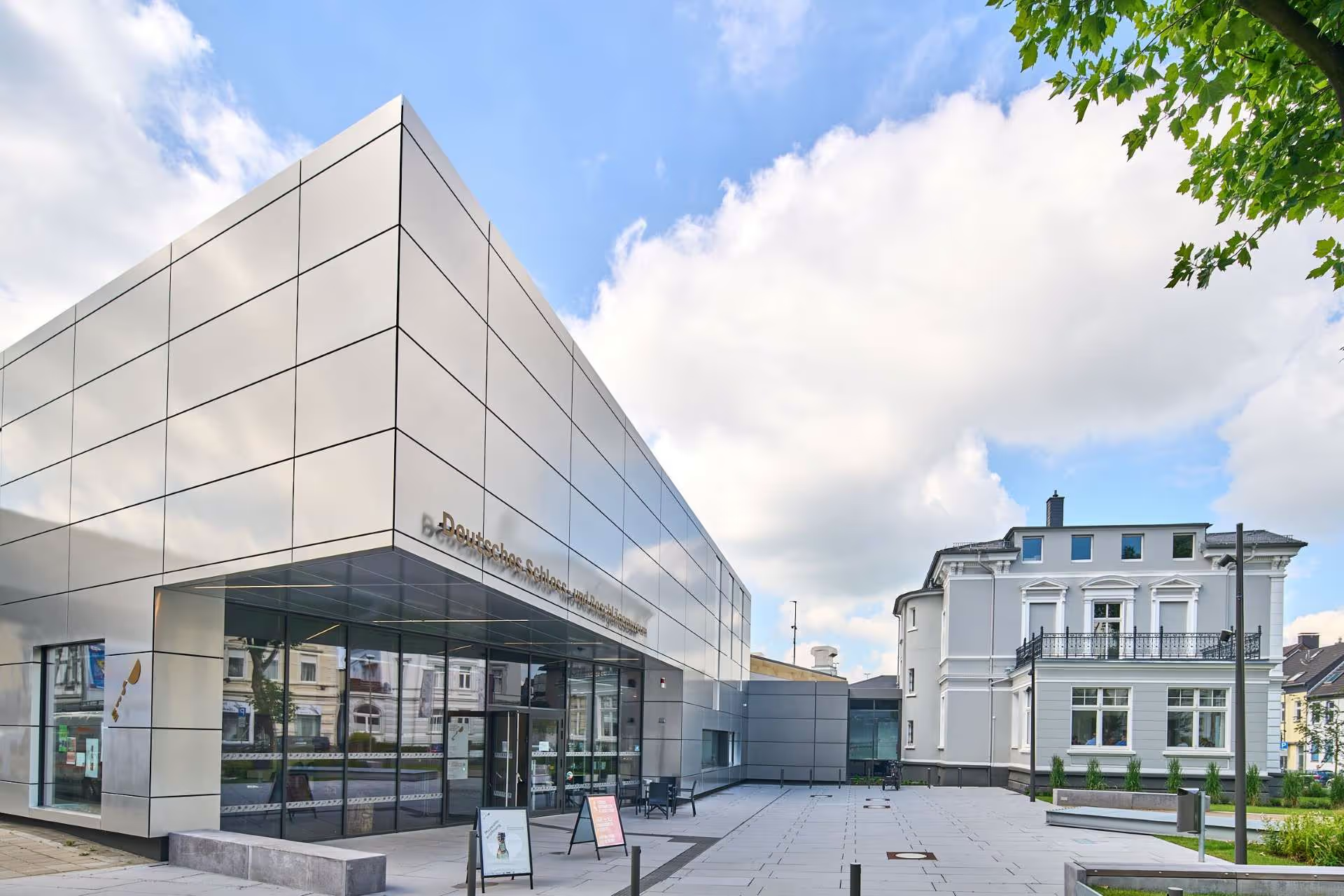
Museum building

Villa Herminghaus
Villa Herminghaus was built in 1885 by the foundry owner Carl Tiefenthal senior. The Neo-Renaissance villa was bought shortly afterwards, in 1913, by Emil Herminghaus, an entrepreneur whose castle factory and iron foundry directly adjoined the garden of the property. After the entrepreneur Herminghaus moved away, the house and the ruined factory stood empty until the early 1970s, when it became the property of the city of Velbert. Since the 1980s, part of the city administration with various departments was housed in Villa Herminghaus, such as the cultural office and the library.
In 2001, the Rhineland Office for the Preservation of Historical Monuments placed the entire villa under a preservation order. Inside, many parts of the original interior have been preserved, such as the floor on the ground floor, the stucco ceilings and the double-leaf entrance door.
Seit 2020 ist das DSBM in der Villa Herminghaus beheimatet. Das gesamte Erdgeschoss ist für die Besucher:innen zugänglich, denn hier sind die Räumlichkeiten für Sonderausstellungen.
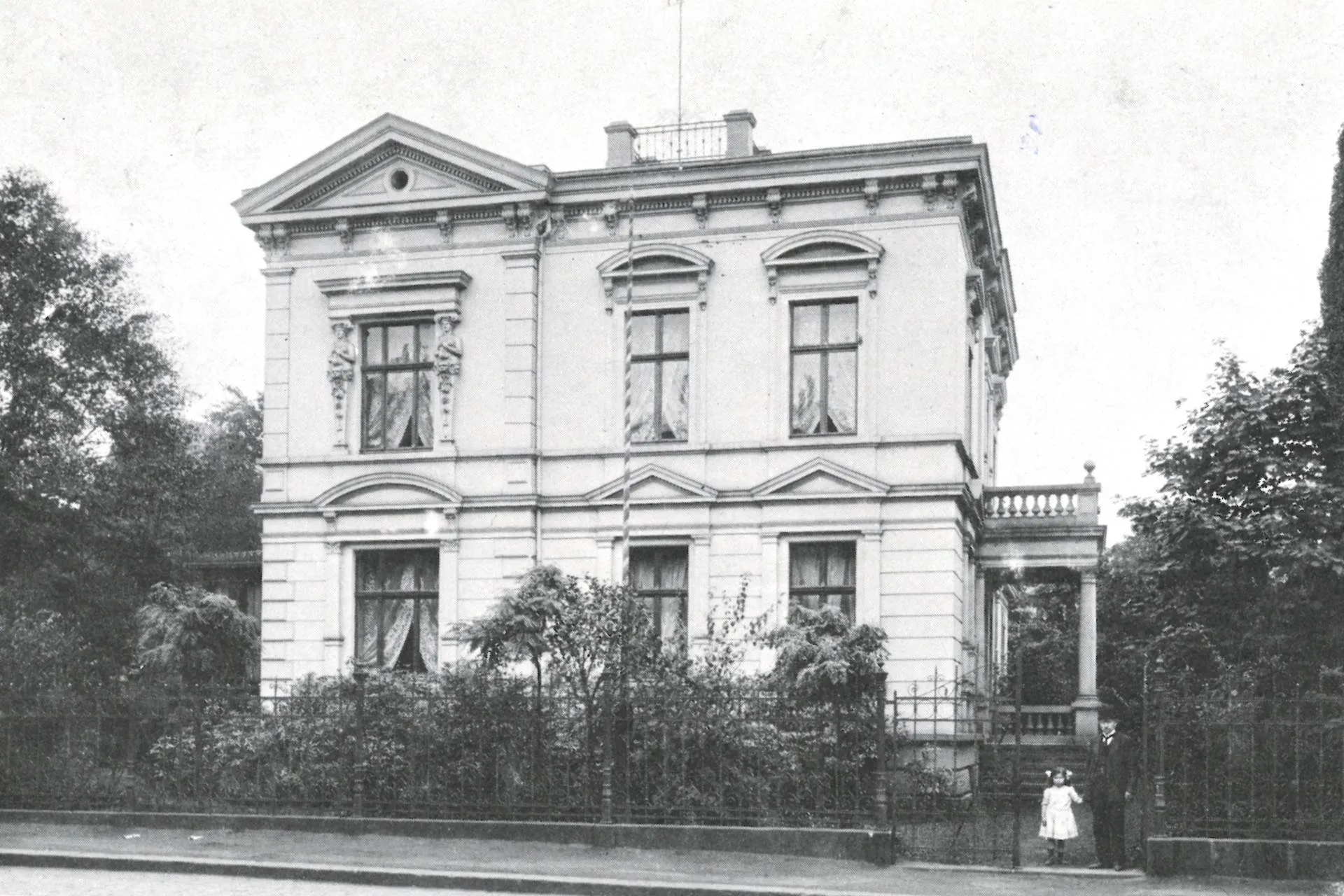

New building
The new building has a façade of brushed and rectangular metal panels, symbolic of the industrial and metalworking activities. The same applies to the Gründerzeit Villa Herminghaus: it too carries the museum theme in a representative way to the outside world, because as the former residence of a family of factory owners, it represents an important monument to the economic history of the city of Velbert. Both parts of the building contrast positively with each other through their different façade designs. Here, what is hidden inside is already visible from the outside: a bridge between the past and modernity, between former and present-day industry.
Das großzügige Foyer mit Kassenbereich und Museumsshop bietet zugleich die Möglichkeit für Veranstaltungen mit einer Bestuhlung bis zu 70 Personen.
Exhibition openings, lectures and receptions take place here. The permanent exhibition is located in the actual exhibition hall on 470 square metres. The Villa Herminghaus can be entered through a connecting building.
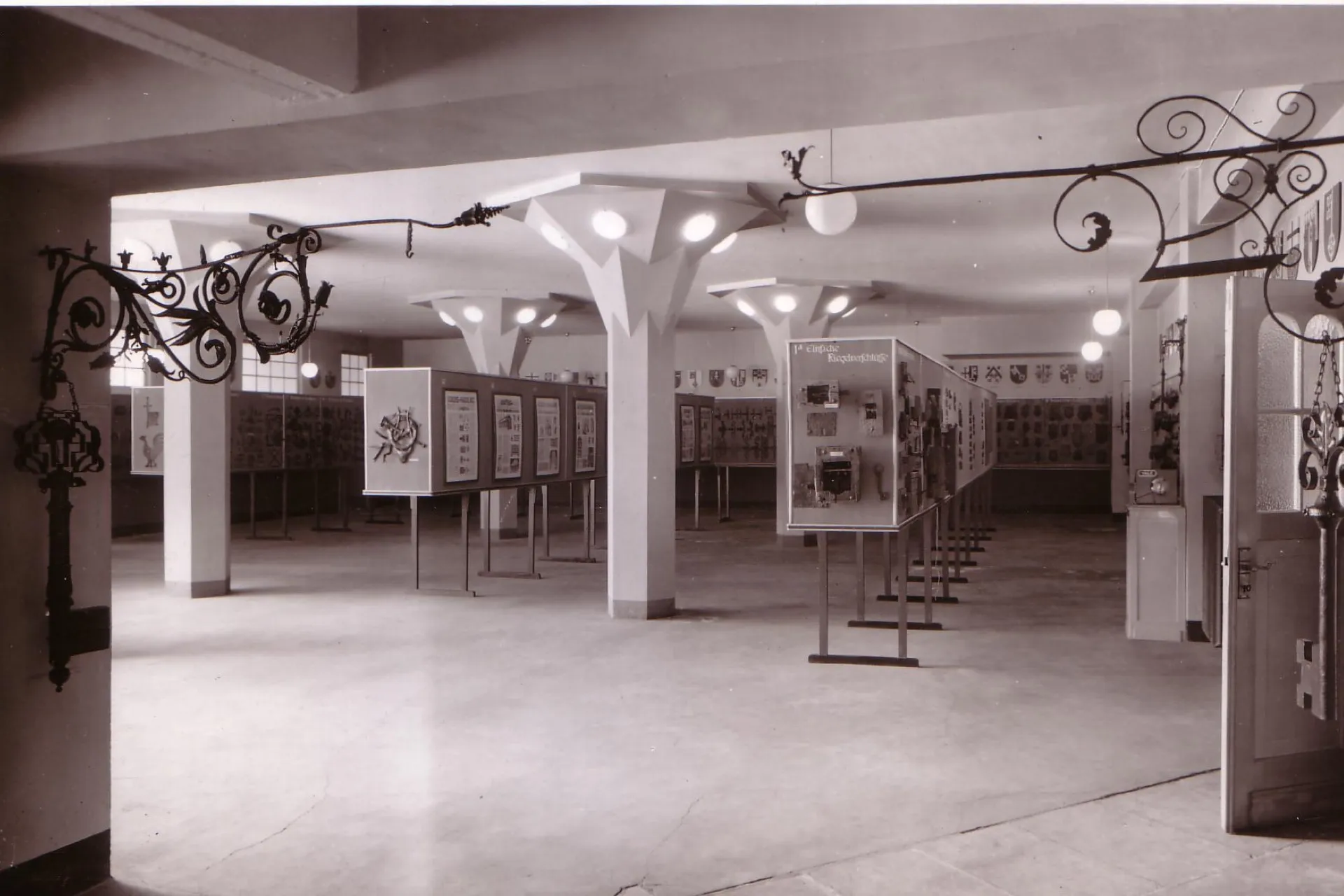
History of the museum
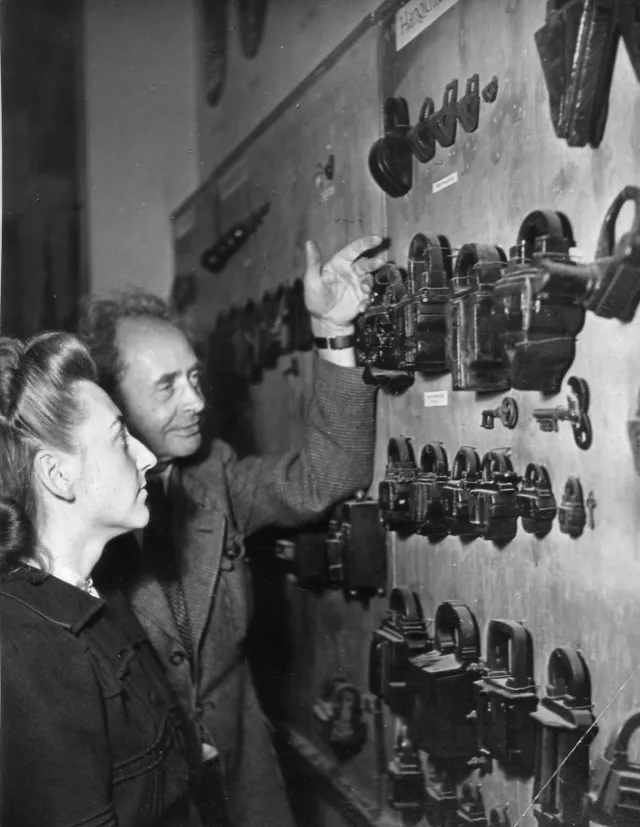
From the local history museum to the castle museum
In 1928, a local history museum was founded in Velbert in the so-called Old Mayor's House. Even then, the collection included a large collection of locks and fittings as well as the Wönnemann forge, which is still on display in the museum today.
The German Castle Museum was founded shortly afterwards in 1936. The holdings of the Heimatmuseum formed the basis of the collection, which was systematically expanded in the following decades through purchases and donations. Until its next move, the museum was housed in the basement of the town hall.
In the 1980s, the museum moved to the Forum Niederberg and received a new conception, which was updated again in 2006.
In 2021, the DSBM opened for a second time and received its own address for the first time with its new location.







.png)
